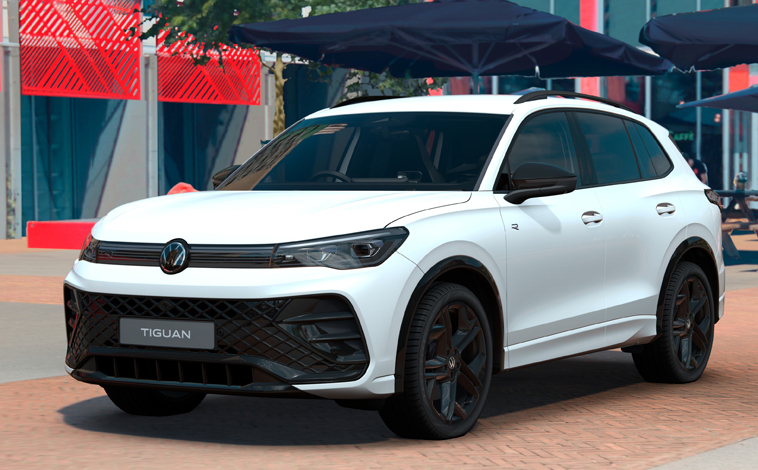Arctic challenge for Continental
February 26, 2018
Mention the name Continental and it instantly conjures up images of premium quality tyres and all things connected with wheels. But there is a whole lot more to the ever-expanding German company as I found out on a recent trip close to the Arctic Circle.
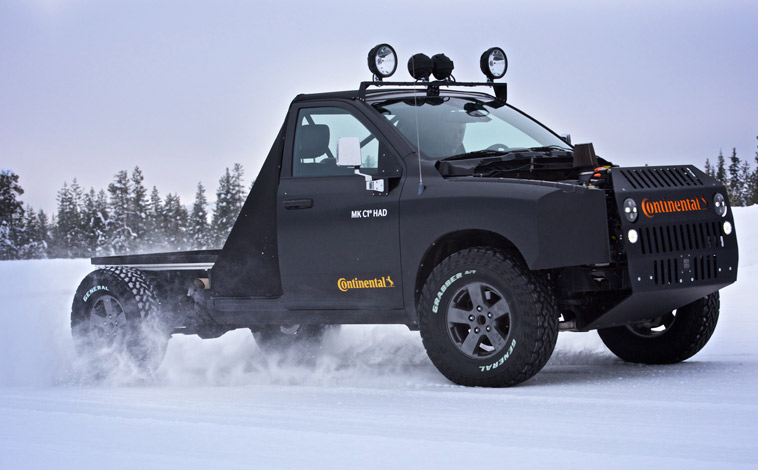
Our destination was one of Continental’s proving grounds in the north of Sweden which comprised race circuits carved out of ice complete with lots of twists and turns, along with vast areas of open space to test acceleration and braking capabilities to the full. And it was the ideal location to explore some of the company’s latest developments.
There were, as one would expect, new tyres to be showcased. For example, the WinterContact TS 860 S is Conti’s latest tyre for drivers of high performance vehicles that want to be able to get the maximum driving dynamics from their car. It delivers top performance in terms of braking distances and handling on dry roads and also offers excellent handling in the snow.
The other tyre that we tested was the all-new VikingContact 7 which is the ideal all-rounder for the freezing Scandinavian winter. Thanks to its soft compound tread, the newly developed tyre delivers strong grip on snow-covered or icy roads even in extremely low temperatures.
We tested both these new tyres in temperatures that plummeted to minus 22 degrees, so it would be fair to say they were pretty extreme conditions. We carried out a number of acceleration, braking and slalom challenges that pitched the new products against existing Continental tyres and the latest versions proved more efficient in every test.
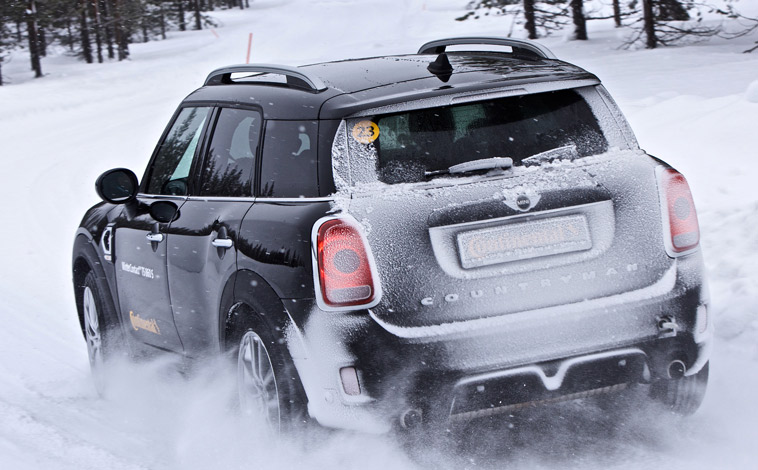
Continental is also renowned for its anti-lock braking systems and its third generation ABS3 was put through its paces in some high-performance cars – once again on an ice track. This system is already fitted to the latest Volvo XC90 and the stopping distances on the frozen ice were far superior to the outgoing version which is several year’s old now.
As a demonstration of how far Conti has progressed with its autonomous driving programme, I sat behind the wheel of a Mercedes and without the slightest input from me, the car accelerated, braked and steered its way around a track made from ice. There was no over-revving, no sharp braking, no sliding – everything was perfectly smooth and controlled. And if I wanted control of the car, I simply applied slight pressure to either the brake or accelerator pedals.
Next up, an adapted Dodge RAM was the vehicle of choice to demonstrate how a back-up brake system would kick in if the automated brakes failed. This was another perfect way to highlight Conti’s developments in the world of autonomous driving. And an advanced ESC system kept a Ford Mustang on course through a tight slalom course. When switched off, maintaining any resemblance of control was not so impressive.
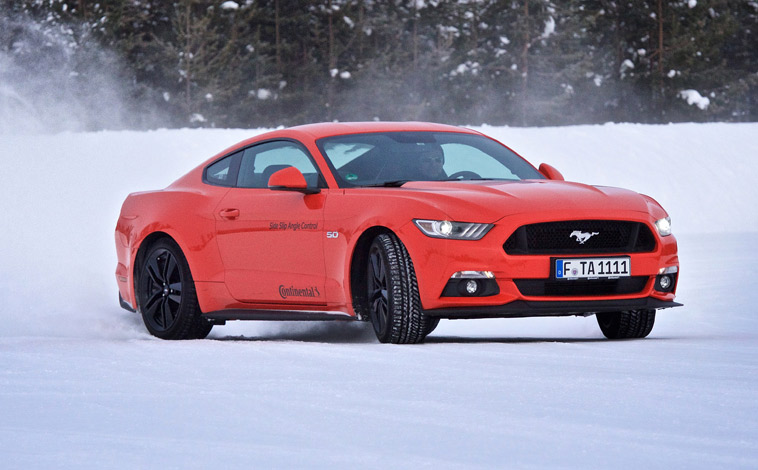
These were just a few of the many systems the company has developed in its bid for Continental Vision Zero – a future without accidents. The latest horrifying figures show that 1.25 million road traffic deaths occur globally every year and almost half of the fatalities are pedestrians, cyclists or motorcyclists. Conti is working closely with Global NCAP’s Stop the Crash campaign to drastically reduce these figures.
Over the decades new advancements have been introduced to help protect motorists and other road users, including seat belts, anti-lock brakes, airbags, electronic stability control, brake assist and a raft of driver assist systems such as automatic emergency braking, adaptive cruise control, blind spot detection and a lateral support system. But the aim to improve safety is a never-ending work in progress.
And the next step after driver assist systems is autonomous driving with features such as automatically reactive safety systems, traffic jam chauffeur, a valet chauffeur and cruising chauffeur.
Whilst the goal of zero fatalities, zero injuries and zero accidents may be a dream too far, all these innovative technical advances are steps that will reduce the number of accidents on our roads to day. And that is a factor that deserves our praise and full support.
There were some future innovations on show at the event too and these would also contribute to road safety. At present, tyre pressure monitoring systems are in place in modern cars to warn if the tyre is losing air. Working on a similar, although far more advanced basis, ContiSense involves the development of electrically-conductive rubber compounds that allow signals to be sent from a sensor inside the tyre to a receiver in the car. Not only will these signals alert the driver to a puncture or pressure loss, but also about road conditions, temperature, along with tread width and depth.
Then the ContiAdapt system uses micro-compressors that are integrated into the wheel to adjust the tyre pressure on the move. This means the tyres can automatically be adapted for the best performance on wet, uneven, slippery or normal surfaces.
So, it is very clear that Continental is a master in tyre technology and a whole lot more besides and is constantly developing and growing in its bid to make our roads a safer place.
In fact, I was reliably informed that apart from the shell of a car, Continental or one of its partners is capable of supplying almost every other part within a vehicle. With that in mind I quipped: “What about the sound system?” I was met with an instant response explaining how Continental had been awarded a top honour at the recent Consumer Electronic Show for integrating stereo speakers into the car’s lining such as the doors and headlining. Of course, it produced pitch perfect symphony sound quality.
Latest News
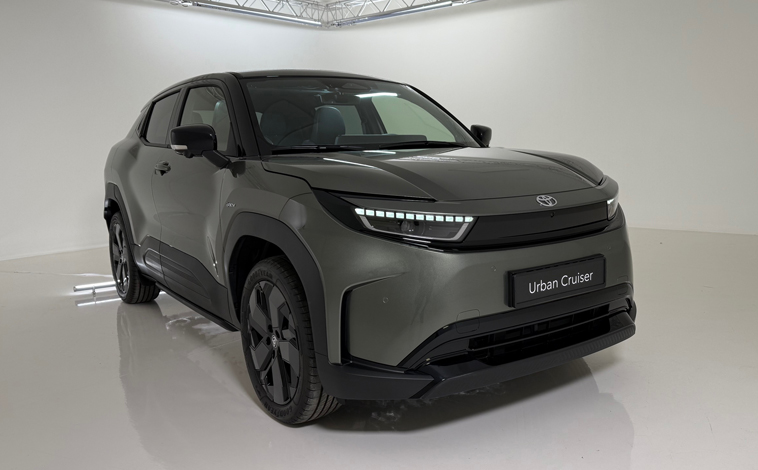
Toyota unveils its new Urban Cruiser
Toyota has officially launched its all-new compact SUV, the Urban Cruiser, at its [...]
Carry on camping with Renault Trafic
The Renault Trafic is proving the perfect model for a brand new, off-grid, [...]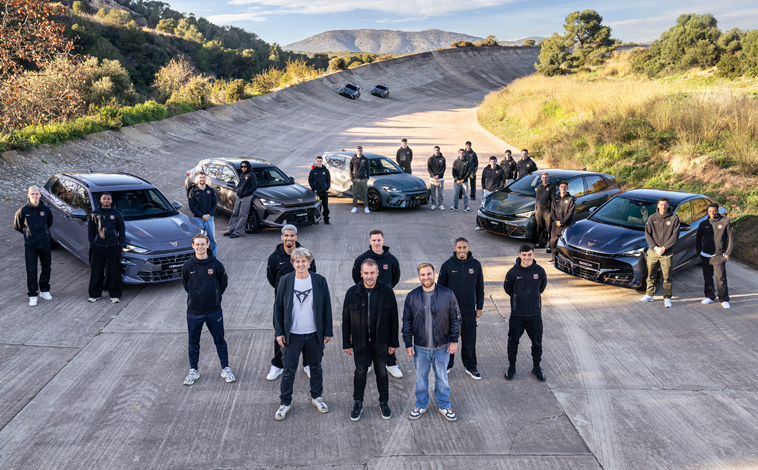
Barcelona players go track racing
Barcelona men’s football team players customised their new CUPRAs, after testing them during [...]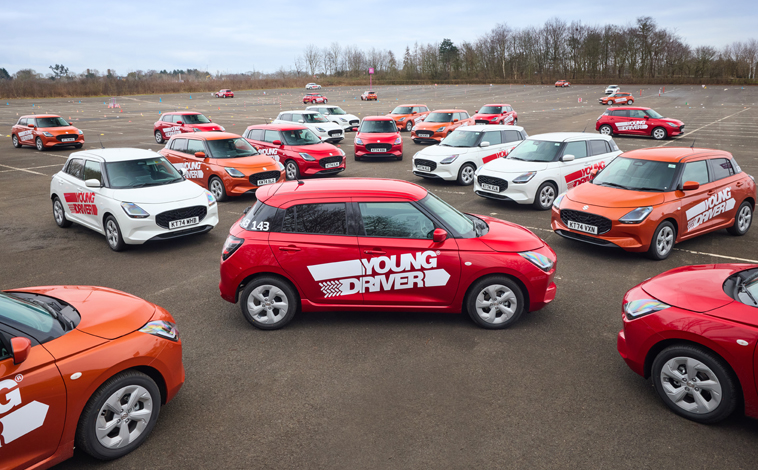
Suzuki Swift to Young Driver’s rescue
Young Driver, the UK’s foremost under-17s driver-training company, has just taken delivery of [...]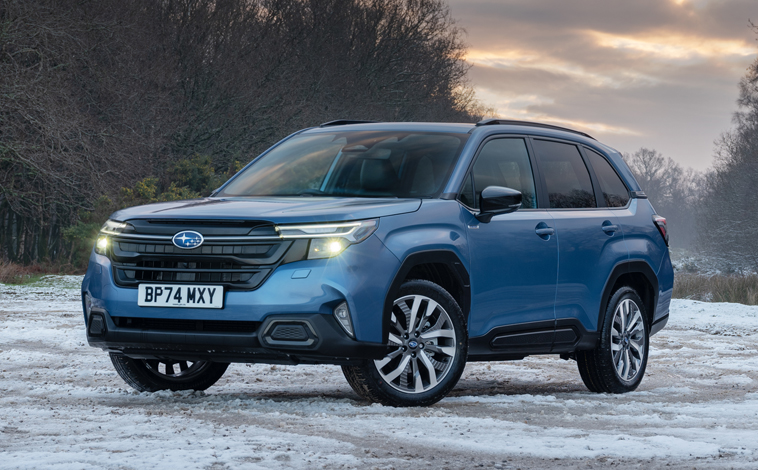
New Subaru Forester is right on track
Subaru UK & Ireland has announced the pricing and specifications for the all-new, [...]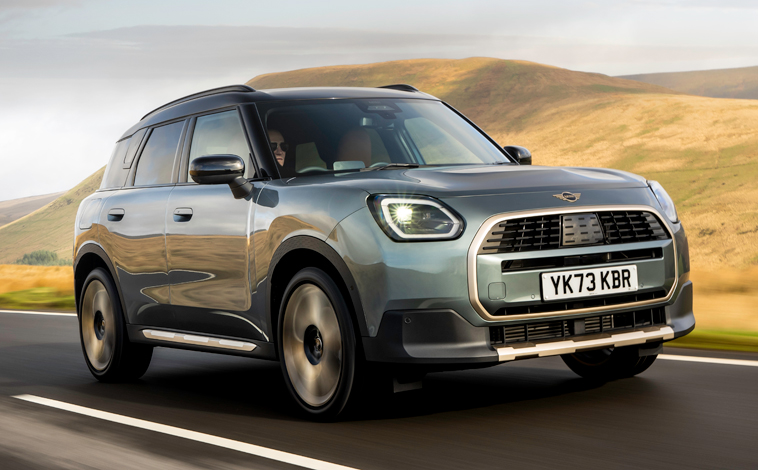
Optional upgrades for the MINI family
Following the successful launch of the new MINI family, a range of additions [...]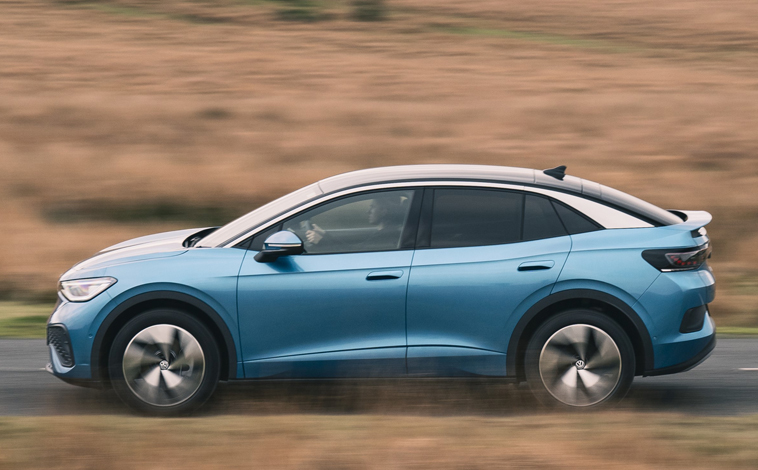
Save £1,000 when ordering a new VW EV
Anyone ordering a new Volkswagen electric vehicle between now and March 3 this [...]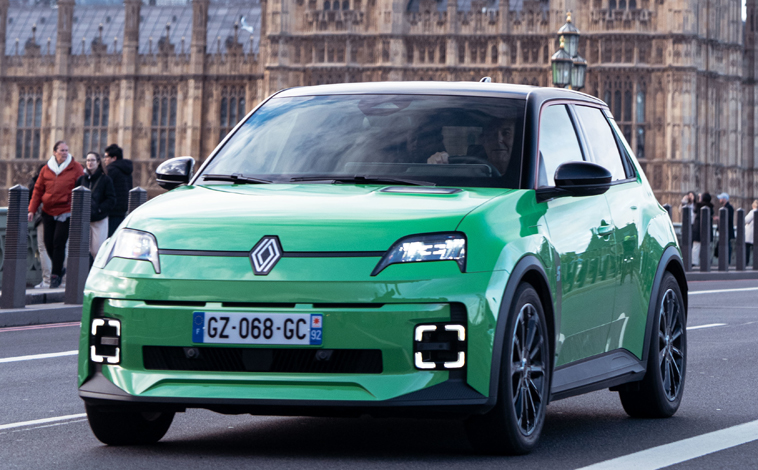
Get priority access to the new Renault 5
The Renault 5 E-Tech electric is available to order for R-Pass customers, giving [...]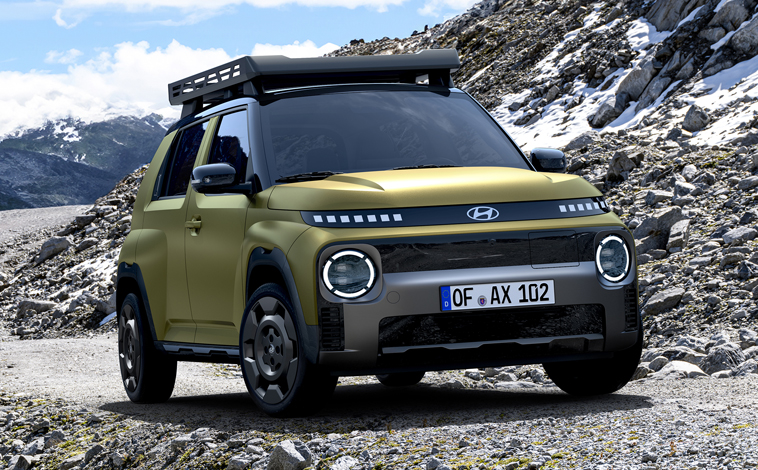
Inster Cross has an adventurous side
Hyundai has announced pricing and specification for the Inster Cross, the all-new EV’s [...]
WWCOTY announces its finalists for 2025
The Women’s Worldwide Car of the Year (WWCOTY) has announced the winners of [...]
Prices announced for VW’s new Tayron
The all-new Volkswagen Tayron goes on sale in the UK on January 9 [...]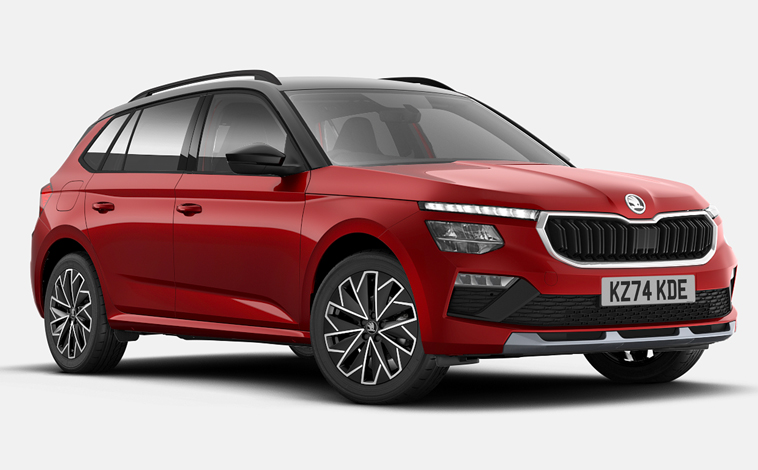
Skoda adds Design trim to Kamiq range
Škoda is building on the success of its award-winning Kamiq range by adding [...]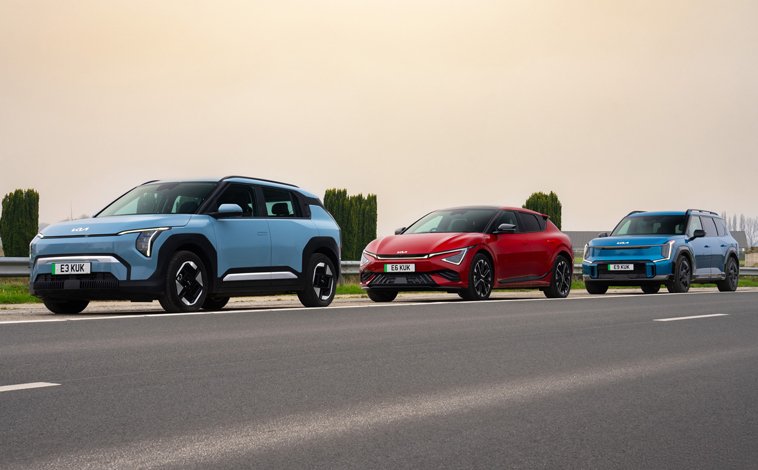
Kia celebrates 10 years of EV success
It’s incredible to think it’s been 10 years since Kia introduced its first [...]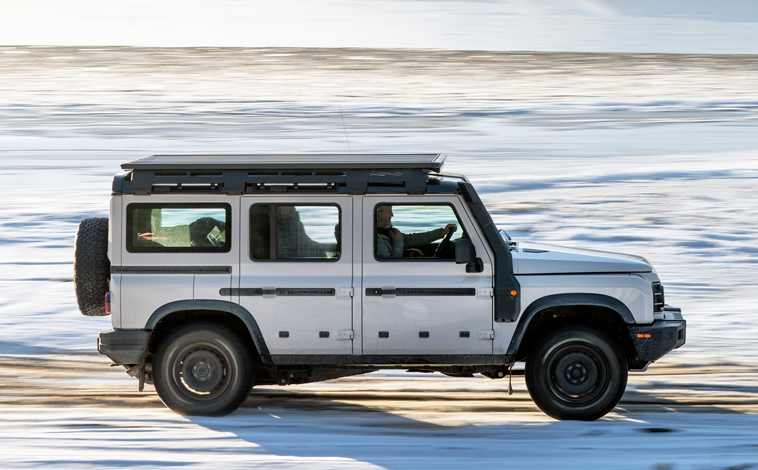
INEOS partners with mountain rescue
INEOS Automotive partnered with Scottish Mountain Rescue (SMR) to help the charity deliver [...]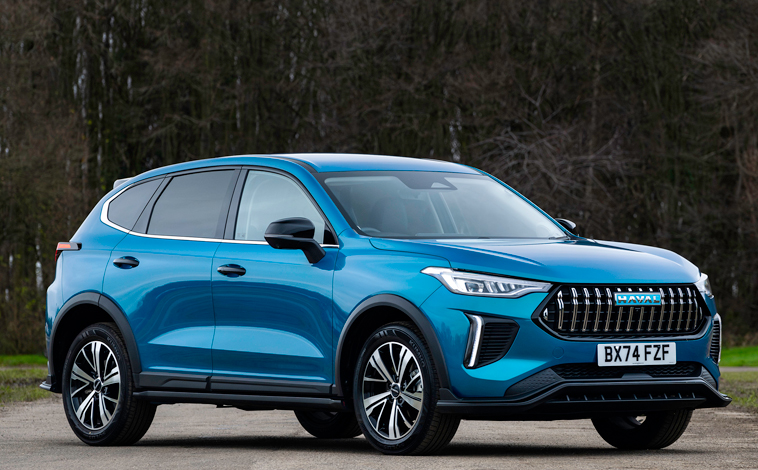
Prices revealed for BYD SEALION 7 model
BYD has announced the UK pricing for the SEALION 7 which will start [...]